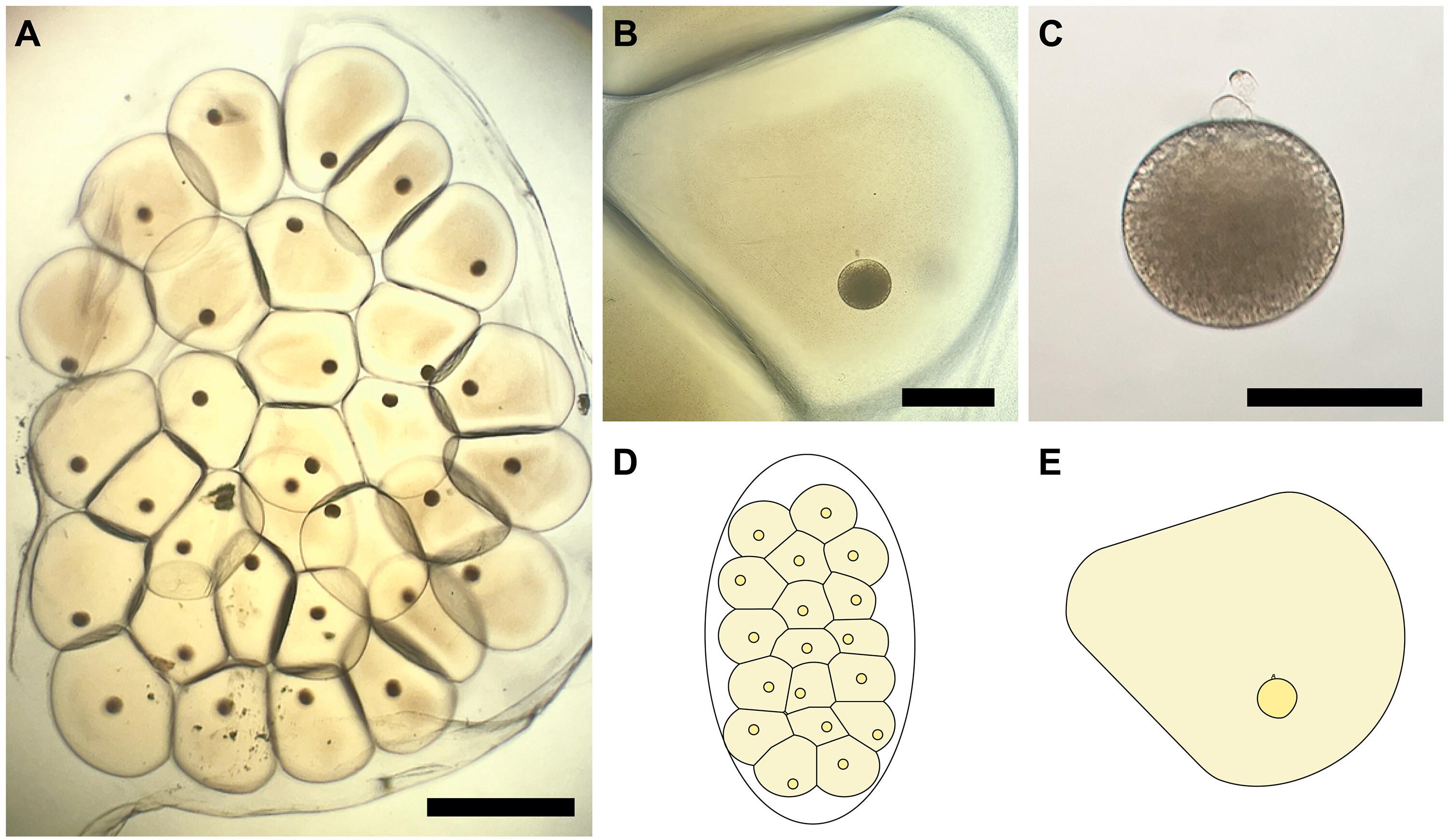CRISPR/ cas9基因编辑光螺:传播血吸虫病蜗牛基因改造的突破
IF 12.5
1区 综合性期刊
Q1 MULTIDISCIPLINARY SCIENCES
引用次数: 0
摘要
人类血吸虫病仍然是世界范围内最具破坏性的寄生虫病之一,开发转基因载体蜗牛一直是该领域的一个目标。在这里,我们报道了利用CRISPR/Cas9基因编辑技术成功地创建了转基因的生物phalaria glabrata,这是一种重要的中间宿主。我们瞄准了纤维蛋白原相关蛋白3.1 (FREP3.1)基因,证实了突变基因的稳定种系传播,并建立了两种不同的纯合子FREP3.1编辑系。破坏FREP3.1基因并没有改变蜗牛对曼氏血吸虫感染的易感性,这可能是由于FREP3.1在抗性、功能冗余和/或高度多样化的FREP基因家族中的代偿表达方面的作用有限。我们的研究证明了成功的种系编辑,脱囊胚胎的有效卵外培养,以及可存活的转基因光滑螺旋体蜗牛的产生,从而为未来控制血吸虫病的遗传策略奠定了基础。本文章由计算机程序翻译,如有差异,请以英文原文为准。

CRISPR/Cas9-germline editing of Biomphalaria glabrata: A breakthrough in genetic modification of snails that transmit schistosomiasis
Human schistosomiasis remains one of the most devastating parasitic diseases worldwide, and the development of genetically modified vector snails has long been a goal in the field. Here, we report the successful creation of genetically modified Biomphalaria glabrata, an important intermediate host, using CRISPR/Cas9 gene editing. We targeted the fibrinogen-related protein 3.1 (FREP3.1) gene, confirmed stable germline transmission of the mutated gene, and established two different homozygous FREP3.1-edited lines. Disruption of the FREP 3.1 gene did not alter snail susceptibility to Schistosoma mansoni infection, possibly due to a limited role of FREP3.1 in resistance or to functional redundancy and/or compensatory expression within the highly diverse FREP gene family. Our study demonstrates successful germline editing, effective ex ovo culture of decapsulated embryos, and the generation of viable, genetically modified B. glabrata snails, thereby establishing a foundation for future genetic strategies to control schistosomiasis.
求助全文
通过发布文献求助,成功后即可免费获取论文全文。
去求助
来源期刊

Science Advances
综合性期刊-综合性期刊
CiteScore
21.40
自引率
1.50%
发文量
1937
审稿时长
29 weeks
期刊介绍:
Science Advances, an open-access journal by AAAS, publishes impactful research in diverse scientific areas. It aims for fair, fast, and expert peer review, providing freely accessible research to readers. Led by distinguished scientists, the journal supports AAAS's mission by extending Science magazine's capacity to identify and promote significant advances. Evolving digital publishing technologies play a crucial role in advancing AAAS's global mission for science communication and benefitting humankind.
 求助内容:
求助内容: 应助结果提醒方式:
应助结果提醒方式:


